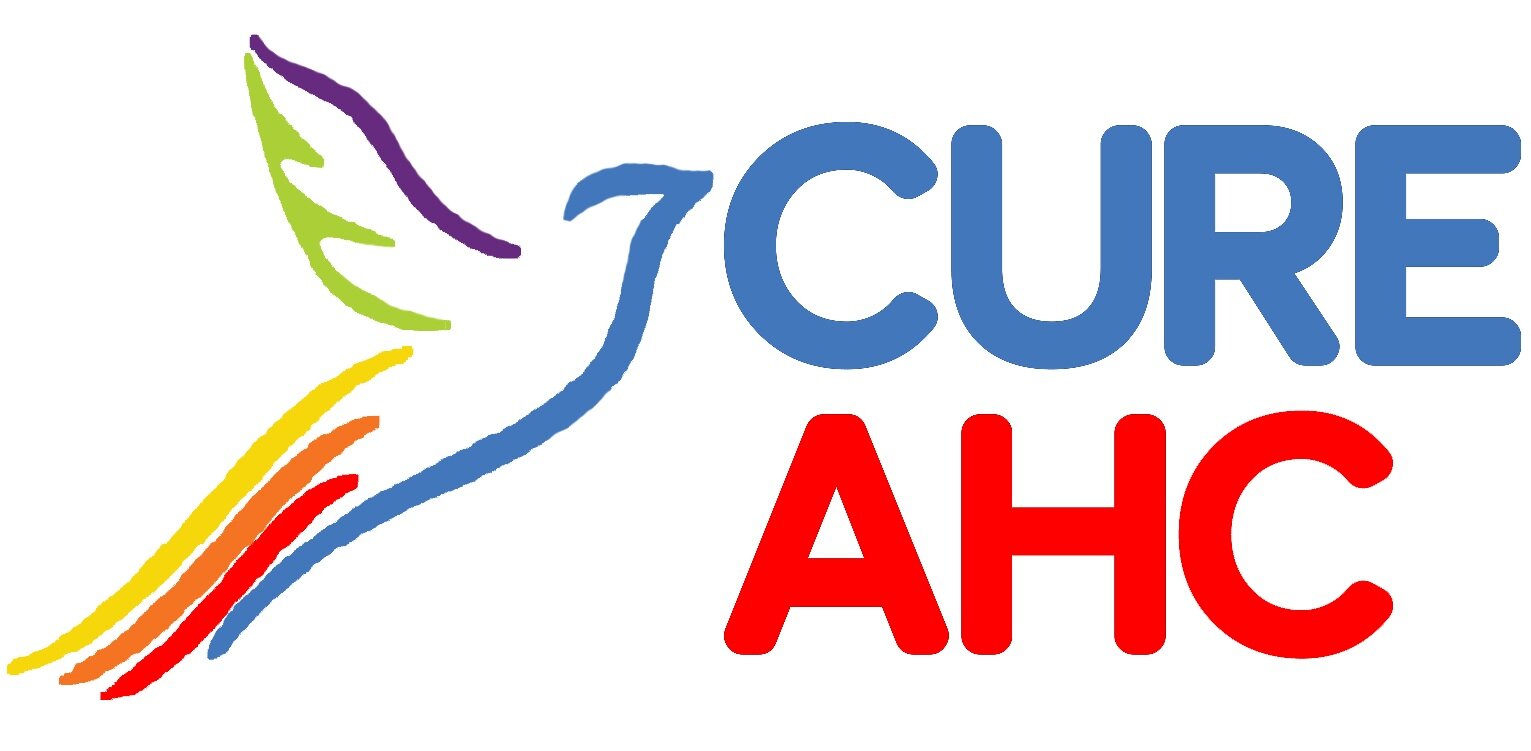Medical Professionals
Current research we fund
Current Research Projects We Fund
Research for a Cure
With funds raised through Cure AHC, hope to develop a cure for all AHC Champions suffering from AHC. We believe we have identified a path to a viable permanent treatment: gene therapy.
Gene Therapy
The gene therapy we propose will involve inserting a functional copy of the ATP1A3 gene into a virus (an adeno-associated virus or AAV) that has been stripped of its harmful payload and its ability to reproduce. The virus will then be injected into the cerebrospinal fluid and will carry the functional gene to the cells in the brain that are failing. By delivering additional functional copies of the gene, we should be able to rescue those cells, and treat the disease permanently. Gene therapy has been successful before in AHC in mouse embryos, and we now need to prove that it can rescue symptoms in live mice with AHC.
Remarkable Scientists
Leading scientists from several top universities and scientific institutions have agreed to participate in a collaborative international scientific effort to pursue the delivery of gene therapy for AHC. We have gathered and engaged the most experienced scientists in the fields of mouse viral therapy design and production, preclinical mouse research, toxicology studies, human viral therapy design and production, and human clinical trials. All of these scientists have dedicated their lives and careers to finding cures for children with life-threatening disorders. They are true heroes.
Applications for Other Rare Diseases
The implications extend well beyond AHC. Ten different diseases are caused by mutations in the same gene that causes AHC and we might be able to treat all of those diseases with the same approach. This technique could also deliver genes to rescue other channelopathies, epilepsies and neurological disorders, with implications for hundreds of thousands of people living with related genetic diseases.
Duke University School of Medicine/Duke Children’s Hospital
AHC-OBSERV – This is the International AHC Research Consortium (IAHCRC)
Symposium Series
Since the discovery by Duke University in 2012 that ATP1a3 mutations cause alternating hemiplegia of childhood, researchers, clinicians, and patient advocates have gathered annually to collaborate on ways to push toward better care and ultimately the cure at a faster, more efficient pace. The meeting is in its 7th edition, and the latest information can be found at http://www.atp1a3disease.org/index.html.
Below is the history of the past meetings:
http://www.ibahc.org/1stSymposiumAtp1a3/1stSymposiumATP1A3_Brochure.pdf
https://symp2013.wordpress.com/
http://www.atp1a3disease.org/images/3rdATP1A3.pdf
https://atp1a32015.wordpress.com/welcome/
http://www.atp1a3disease.org/images/5thATP1A3.pdf
https://sites.google.com/site/6thsymposiumatp1a3in2017/
Medical Advisory Board
Medical Advisory Board
The Medical Advisory Board exists to counsel the Board of Directors of research proposals, questions about treatment approaches, and industry trends. They help the Board make informed and wise decisions about projects to fund.
Phillip Pearl, MD Chief of the Division of Epilepsy and Clinical Neurophysiology, William G. Lennox Chair and Professor of Neurology, Harvard Medical School
Full profile at http://www.childrenshospital.org/researchers/phillip-pearl
Gregory Holmes, MD Chair of the Department of Neurological Sciences – University of Vermont
Full profile at http://www.uvm.edu/medicine/ecdgroup/?Page=groupmembers.html
Natalia Morsci, MS, PhD – Moldova –
Natalia holds Master’s degree in Animal Genomics from University of Missouri and Doctorate degree in Cell and Molecular Biology from University of Wisconsin. She conducted her postdoctoral research at the National Institute of Neurological Disorders and Stroke in Bethesda, MD and Rutgers University, NJ, where she also taught general and specialized courses in genetics. Natalia has over 12 years of first-hand research experience figuring out genetic and molecular mechanisms regulating neuronal function and dysfunction, neuronal aging, and intraneuronal transport using model organism C. elegans. Her research was published in Current Biology, Journal of Neuroscience, Genetics, and Animal Genetics journals.
